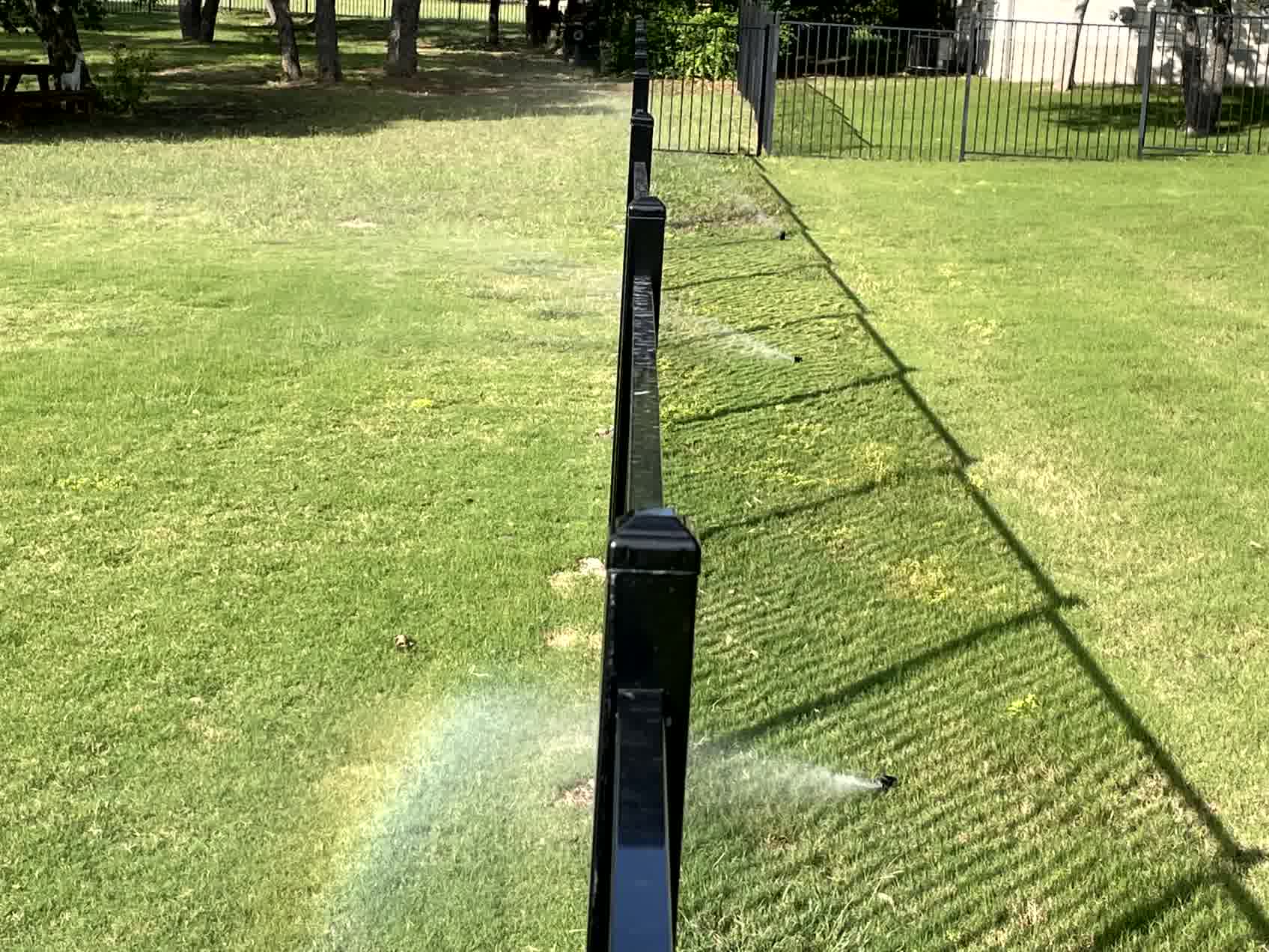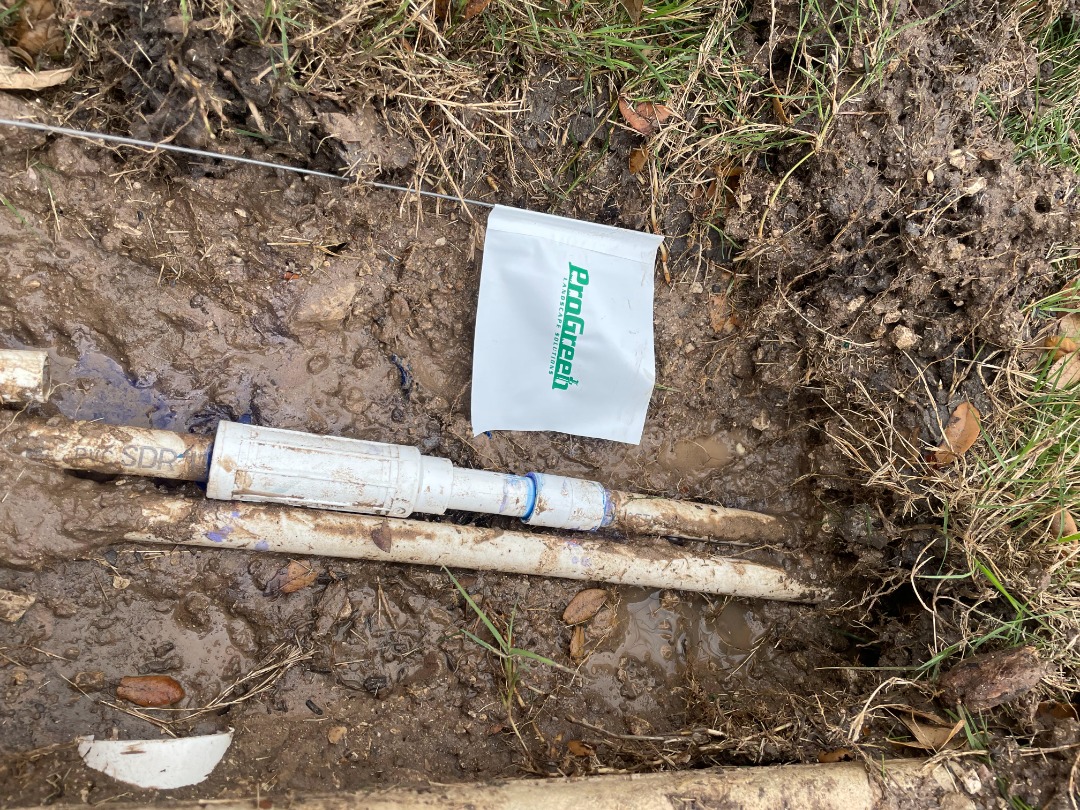Top 3 Things to Do for Your Irrigation When Autumn Comes
Introduction: Fall sneaks in quietly, and lawns feel it before we do. Shorter days, cooler evenings, and slower growth change what your irrigation system needs to do. With a few thoughtful tweaks now, you can protect your system, save water, and set your landscape up for a steady, healthy spring rebound.
Reduce Watering Frequency for Your Irrigation
Why Should You Reduce Watering Frequency?
When temperatures cool and the sun sits lower, plants use less water. Evaporation drops, soil stays moist longer, and roots get a chance to strengthen rather than chase shallow moisture. Keeping your sprinklers on a summer schedule in October can invite problems like fungus, pooling, and needless runoff that quietly wastes money.
There is also the matter of efficiency. Oversaturated soil cannot absorb more water, so the extra simply escapes down the curb. Shifting to deeper, less frequent watering helps roots anchor and keeps turf resilient through unpredictable fall weather. If you have drip irrigation on beds, you will notice you can dial it back even more since emitters target the root zone with less waste.
How Much Should You Water for Fall in Austin TX?
Austin TX autumns can linger warm, then turn crisp overnight. Early in the season, most lawns do well with reduced runtimes that deliver enough moisture for steady color without encouraging thatch. As the night cools, you can step down again and let the soil hold more of what you give it. The idea is to water based on what the turf uses, not what the controller did in July.
For sprinklers, shorten each zone and space out days so the lawn dries slightly between cycles. Beds on drip irrigation usually need even less time since emitters apply water slowly and directly where plants sip it best. If a cool front settles in and rain lends a hand, pause the schedule and let nature do the heavy lifting. Your landscaping will tell you what it needs if you give it a chance to breathe.

Perform a Fall Irrigation System Tune-Up
What Does a Tune-up and Maintenance Check Involve?
A fall tune-up is part detective work, part housekeeping. Start at the controller to confirm date, time, and seasonal adjustment so runtimes reflect October conditions. Then walk each zone when it runs. Look for clogged nozzles, leaking fittings, tilted heads, and mismatched spray patterns that leave dry shadows or soggy strips. Small fixes here prevent thin turf and mushroom patches later.
Beds benefit from a closer look, too. For drip irrigation, clear any plugged emitters, straighten the lines, and check that plants have enough coverage as they grow. Flush filters, verify pressure, and inspect the backflow assembly for signs of wear. A tidy system uses less water to do more work, and fall is the perfect moment to reset everything before winter makes access harder.
Why We Recommend Hiring an Expert to Assess
Homeowners catch the obvious. Pros catch the sneaky issues that slip under the radar. A trained technician can run a quick water audit to spot uneven distribution, then correct it with the right nozzles, pressure regulation, or minor layout changes. That attention to detail stretches every gallon your sprinklers and drip irrigation deliver, keeping plants vibrant without wasting water.
There is also peace of mind. Licensed specialists understand local codes, backflow requirements, and how to protect equipment when temperatures dip. They carry the right tools, the right replacement parts, and the real-world experience to fix problems in one visit. If your calendar is already packed, getting professional eyes on the system in the fall is a smart way to save time and avoid mid-winter surprises.

How to Effectively Winterize Your Irrigation System
What Does Winterizing Your Irrigation System Involve?
Winterizing is a simple idea with several careful steps. Start by shutting off the irrigation water supply, then relieve pressure so trapped water can escape. In mild climates, manual drains and automatic drain valves often do the job. In colder pockets or during deeper freezes, a controlled air blowout is safer for long runs and low points where water likes to hide.
Protection matters as much as draining. Insulate the backflow preventer, cover any exposed piping, and shield controllers from cold, moisture, and pests. For drip irrigation, open the end caps to flush the lines, then close them once the water runs clean. Finally, adjust the controller to a rain-ready or off setting so surprise storms do not trigger unnecessary cycles. A clean shutdown keeps everything ready for the first warm morning of spring.
The Hefty Costs of Skipping Winterization for Your Yard
Water expands when it freezes, and PVC does not forgive that pressure. Cracked pipes, split fittings, and shattered sprinkler heads are common outcomes when systems are left full going into a cold snap. The worst part is that damage often hides underground until the first spring run. That is when lawns flood, beds erode, and water bills jump before you even realize what failed.
Repairs cost more than prevention, not only in parts but in time and disruption to your landscape. Soft spots from leaks stress turf, stain hardscaping features, and invite weeds to move in. If a backflow device is compromised, you are looking at an essential safety replacement rather than a quick fix. A thoughtful fall winterization protects your investment and keeps your sprinklers and drip irrigation working smoothly when warmer weather returns.

Conclusion
If fall has you juggling work, family, and that endless to-do list, simplifying irrigation is one change that pays off. Tweak the schedule, give the system a careful tune-up, then button it up for winter, and you will avoid headaches when spring rushes in. If you would rather have a team handle the details, Progreen Landscape Solutions is ready to help with practical, efficient service that respects your time and your water bill. Reach out today to schedule a fall assessment or winterization visit, and let a local crew keep your system healthy so your yard looks cared for without you having to hover over the controller.
SERVICE AREAS

"*" indicates required fields
Contact Your Local Experts
Pro Green Landscape Solutions is currently accepting new clients! If you're seeking excellence, you're in the right place. We want to understand your needs, so when reaching out, please include detailed information to ensure we can assist you promptly. Don't forget to mention a preferred contact time that suits you best.
Thank you for considering us. We eagerly await the opportunity to serve you and to make a positive impact.

"*" indicates required fields

